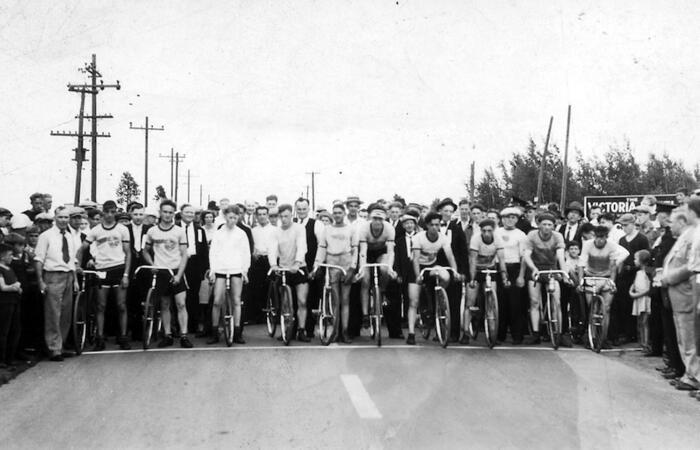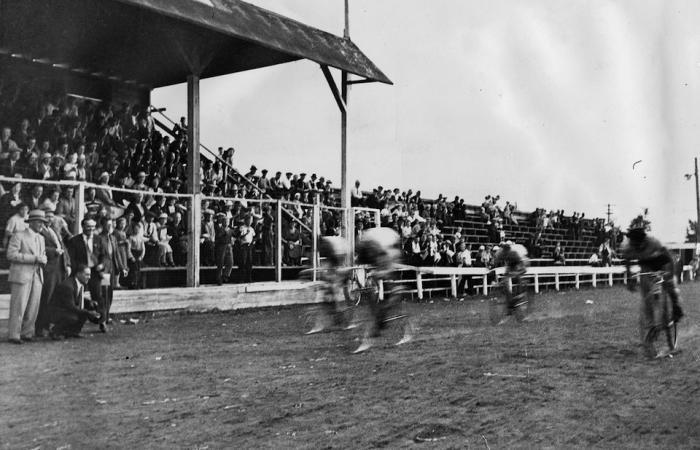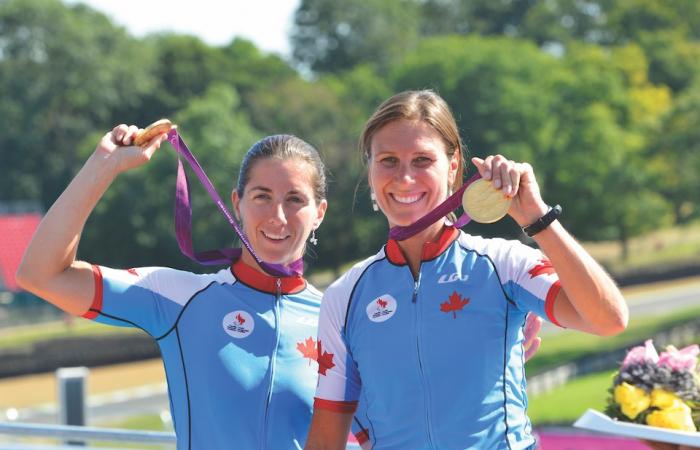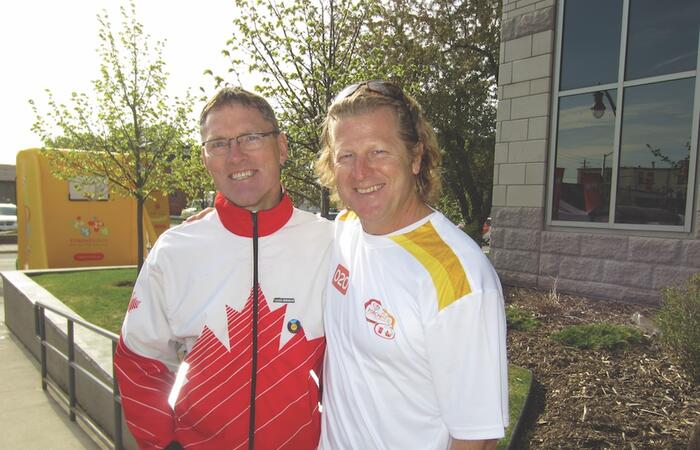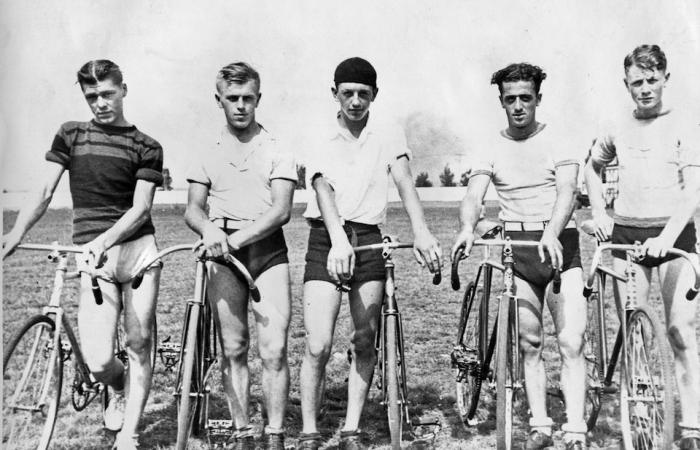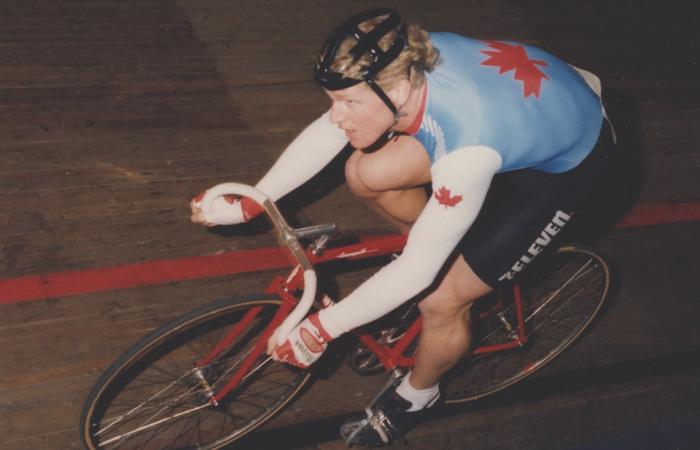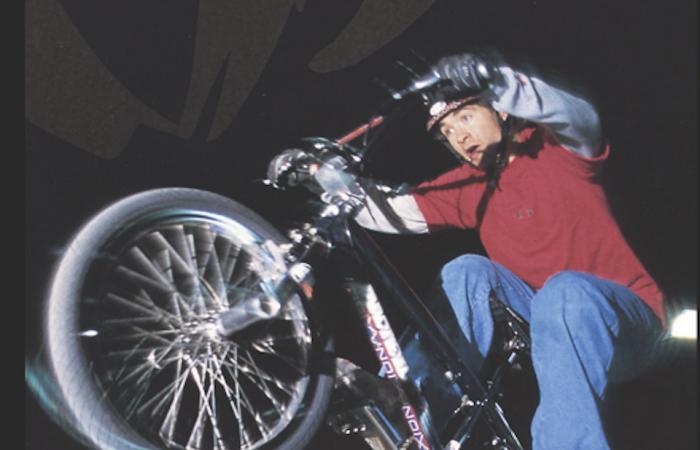As I was driving out to visit some friends in South Gillies one weekend I found myself sharing the journey with not just other cars, but a multitude of cyclists who were grinding their way up and down the winding and hilly roadways. It got me thinking about that rite of passage when your training wheels have been removed and you are given that gentle push by a worried guardian as they send you off on your first solo ride.
For those of us of a certain age we can recall going from that single gear bike to a three-speed model with a banana seat and high handlebars with the gear shift mounted on the cross-bar. As you rode atop your very first CCM or Raleigh 10-speed with the tightly curved handlebars and thin tires you truly felt that you had officially arrived.
Each generation has their own memories of the bicycles they have enjoyed riding throughout their lives. Historians still struggle with trying to determine which model holds the distinction of being the first one. Models in the early 1800s were like running machines as they featured two wheels on a wooden frame with the rider propelling themselves with their feet. By the 1860s rotary cranks and pedals were added to the design with velocipedes being developed in varying shapes and sizes, including the popular boneshaker model with its rigid frame and iron-banded wheels. The 1870s saw the growth in popularity of the penny-farthing, with its different sized front and rear wheels and high seat. By the 1880s the commonly referred to safety bicycle, with its chain-driven and rubber tire wheels, introduced the world to the modern era of bicycle design.
It was around the same time that cycling began to become more organized in Canada. In 1882 the Canadian Wheelmen’s Association was formed, making it one of our country’s earliest established sport governing bodies. By 1900 the CWA boasted a membership of 8,000 and held provincial and national championships for both amateur and professional cyclists. In 1899 the World Cycling Championships were held in Montréal drawing more than 30,000 spectators. That same year the Canadian Cycle & Motor Company, known as CCM, was formed.
Bicycle races in our community can also be traced back to the late 1800s and early 1900s when competitions were held as part of civic holiday celebrations. Bicycles were also a form of transportation during that time and an early form of women’s liberation with ankle length dresses giving way to bicycle friendly bloomers.
The 1920s and 30s were a heyday for cycling in Canada with William ‘Torchy’ Peden of Victoria, BC serving as one of the world’s best racers and becoming a household name. His specialty was the 6-day race, an event in which a team of two cyclists rode around a track for twenty-four hours a day, for six straight days in venues such as Madison Square Garden and the Montreal Forum. In fact Peden had a connection to our early cycling history as he coached Leo Marchiori, a cyclist with ties to the Lakehead, at the 1932 Summer Olympic Games in Los Angeles.
In 1933 a group of local cycling enthusiasts got together and formed what would become known as the Lakehead Wheelers Bicycle Club. The club would often meet at Gerry’s Hardware or at Brunetta’s Bicycle Shop. Popular sports store, Petrie’s, which is still serving local cyclists, was a supplier of many of those early bikes. Cyclists could also pick up their favourite model at Dolcetti’s Bicycle Shop in Port Arthur.
The club hosted a number of events including races at distances of a 1/4 mile, 1 mile, 5 miles and 10 miles at the Lakehead Fairgrounds. Races were also held during the intermission of soccer-football matches at McKellar Park. Prizes for the victors would sometimes be in the form of a ton of coal from James Murphy Coal or a chord of wood, both priceless items during the depression years.
One of the first long distance races hosted by the club was a ten-mile race down the Nipigon Highway in the spring of 1934. In July of 1935 an inaugural 50-mile race was held on the Scott Highway, 25 miles out and back, with the turn-around near Cloud Bay. Paul Brunetta was the first over the line in a time of 2 hours, 15 minutes and 49 seconds followed closely by Johnny DiGiacomo, Joe Brescia and Sec Brunello. All four qualified to attend the Tribune Winnipeg Beach 50-mile race which featured over 100 racers from Canada and the United States with the Fort William contingent finishing in 2nd, 4th, 5th and 6th place.
From those early beginnings our community has produced a number of cyclists, coaches and administrators who have contributed to Canada’s success in a wide variety of disciplines, including the likes of multiple Olympic medalist Curt Harnett, Paralympic gold medalist Robbi Weldon and BMX legend Jay Miron.
The pioneers that started the Lakehead Wheelers Club eighty-five years ago would no doubt be very proud of that success, as well as the dedication of the volunteers and members of both the Thunder Bay and Black Sheep cycling clubs that are carrying on their vision of providing cycling opportunities for their community.

